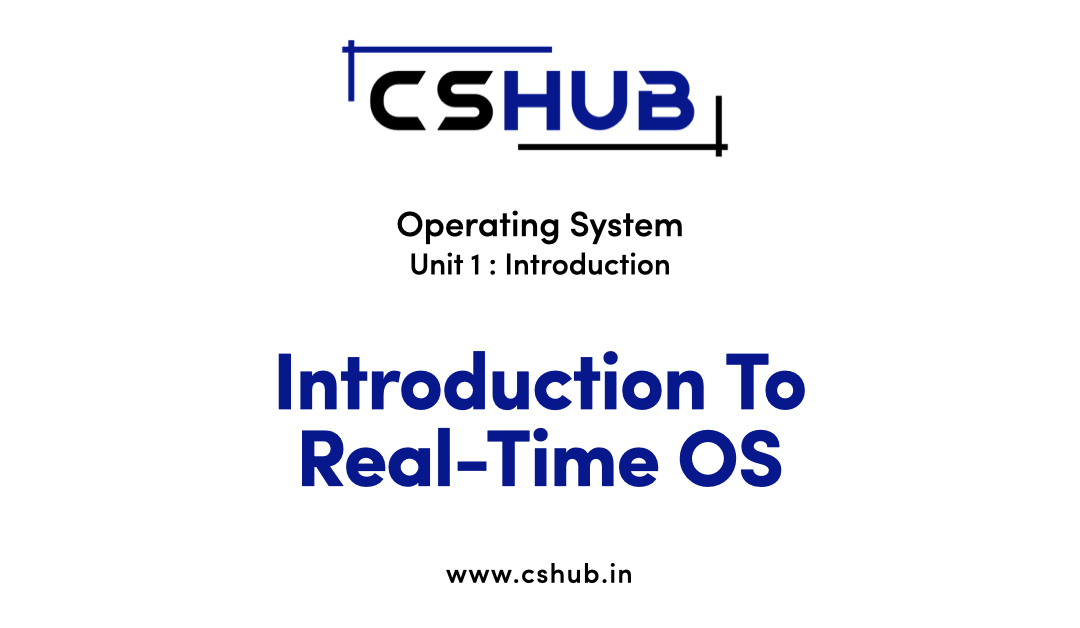What Is Real-time Operating Systems
An operating system that can run multi-threaded applications and adhere to real-time deadlines is known as a “Real Time OS.” The majority of RTOSes include device drivers, resource management and schedulers. Remember that we do not always mean “fast” when we speak about “deadlines.” Instead, this means that we can foresee when specific tasks will run before runtime.
An RTOS can be a powerful tool for writing complicated embedded programmes. They support task isolation and enable concurrent operation. Most RTOSes allow you to set the priority levels of tasks, allowing some actions to break and run ahead of others. This is referred to as “preemption.” Including RTOSes and multi-threaded programming in your toolbox makes sense if you require concurrency or are exploring more advanced embedded principles like IoT or machine learning.
There are two types of real-time operating systems:
- Hard real-time systems
- Soft real-time systems
Hard real-time systems
Hard real-time systems ensure the timely completion of crucial tasks. In hard real-time systems, secondary storage is limited or absent and data is stored in read-only memory (ROM). In these systems, virtual memory is extremely rare.
Soft real-time systems
Soft real-time systems have fewer limitations. A mission-critical, real-time task receives priority over other processes and maintains this status until completion. The utility of soft real-time systems is less than that of hard real-time systems. Examples of Soft real-time systems are virtual Reality, Multimedia and Advanced Scientific Projects such as underwater exploration and planetary rovers.
Advantages of Real-time Operating Systems
- Modularity.
- Priority-Based Scheduling.
- Promotes Team Development.
- Idle Processing.
- Abstracting Timing Information.
- Easier Testing.
- Improved Efficiency.
- Code Reuse.
- Maintainability/Extensibility.
Disadvantages of Real-time Operating Systems
- Use Heavy System resources.
- Limited Tasks.
- Thread Priority.
- Device driver and interrupt signals.
- Complex Algorithms.
Examples of Real-time Operating Systems
- Command Control Systems.
- Heart Peacemaker.
- Airline traffic control systems.
- Network Multimedia Systems.
- Airlines reservation system.
- Robotics.

